1.Industry Characteristics
The chemical industry holds a vital position in the national economies of many countries, serving as a foundational and pillar industry for many. Due to its diverse scope, complex processes, and diverse products, the chemical industry emits a wide variety of pollutants, large quantities, and high toxicity. Consequently, the chemical industry is a major polluter. Furthermore, chemical products can generate significant amounts of toxic substances throughout their processing, storage, use, and waste disposal, impacting the ecological environment and endangering human health. Therefore, ensuring the safety of both chemical raw materials and finished products throughout their production, storage, and transportation is crucial.
Chemical raw materials and target products are often hazardous chemicals that are flammable, explosive, toxic, or corrosive. This places stringent production requirements on demanding process conditions. Some chemical reactions occur under high temperature and high pressure, while others require low temperature and high vacuum. Furthermore, the production process is hermetically sealed. Reactions of raw materials in different production stages occur within enclosed, dedicated equipment. Raw materials are also transferred between stages via dedicated pipelines. The entire production process is tightly sealed. Despite this, the workshop must be equipped with high-precision automatic detection and alarm devices to ensure safety is paramount.
2.Automatic control instrument application solution
2.1Temperature instrument
Chemical reactions in chemical production processes must occur at specific temperatures and pressures, so temperature measurement instruments are needed to monitor temperature. Due to the special nature of chemical production, explosion-proof temperature transmitters are often used.
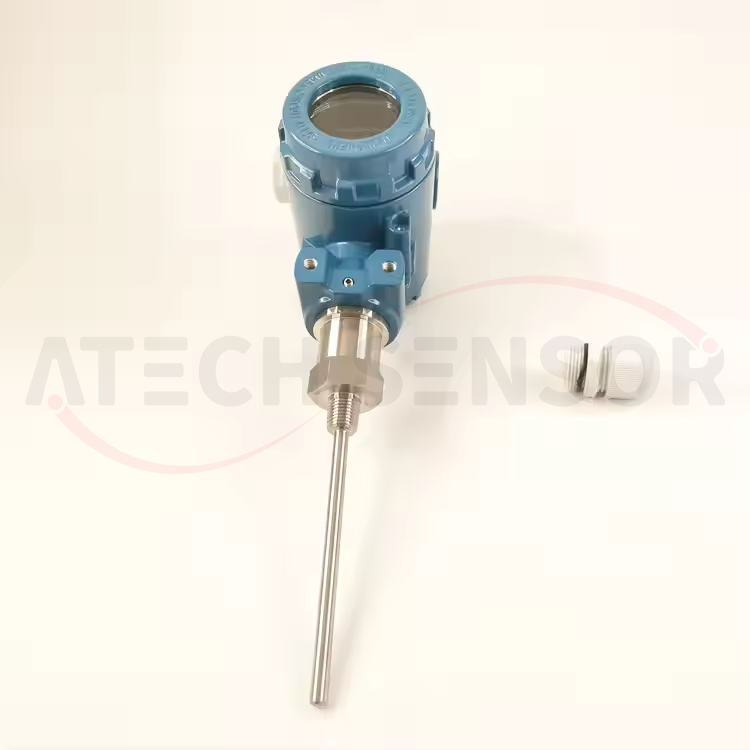
2.2pressure gauges
Chemical reactions in chemical production processes must occur at specific temperatures and pressures, so pressure measurement instruments are needed to monitor pressure. Due to the unique nature of chemical production, explosion-proof pressure transmitters are often used.
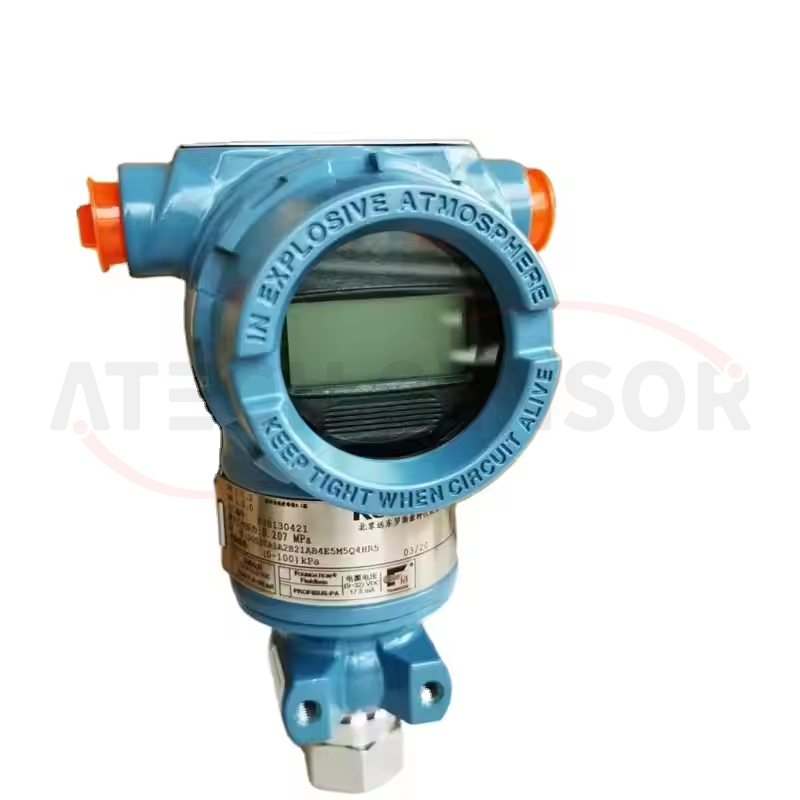
2.3Flow meter
Different process sections in the chemical industry measure different flow media, necessitating the use of various flowmeter types, such as electromagnetic flowmeters, vortex flowmeters, turbine flowmeters, thermal gas mass flowmeters, metal rotor flowmeters, and various differential pressure flowmeters. Depending on the application site, either explosion-proof or non-explosion-proof products may be used.
2.4Electromagnetic flowmeter
Electromagnetic flowmeters are tachometer-type flowmeters suitable for measuring the volume flow of conductive liquids.Electromagnetic flowmeters are mainly composed of transmitters and converters. The transmitter converts the measured medium's flow rate into an induced potential, which is then converted by the converter into a current signal for remote indication and recording or as a control signal. Electromagnetic flowmeters have no fixed or movable throttling components within the measurement channel, resulting in no pressure loss. Their output characteristics are independent of the density, viscosity, or flow conditions of the measured liquid, making them suitable for measuring the flow of fluids containing solid particles. Electromagnetic flowmeters can be customized with lining and electrode materials based on the chemical properties of various media, offering a wide range of applications. Furthermore, electromagnetic flowmeter installation requirements for straight pipe sections are relatively low, typically requiring 5D in the front and 3D in the rear (D is the inner diameter of the selected meter). These advantages have led to their widespread use in the chemical industry.
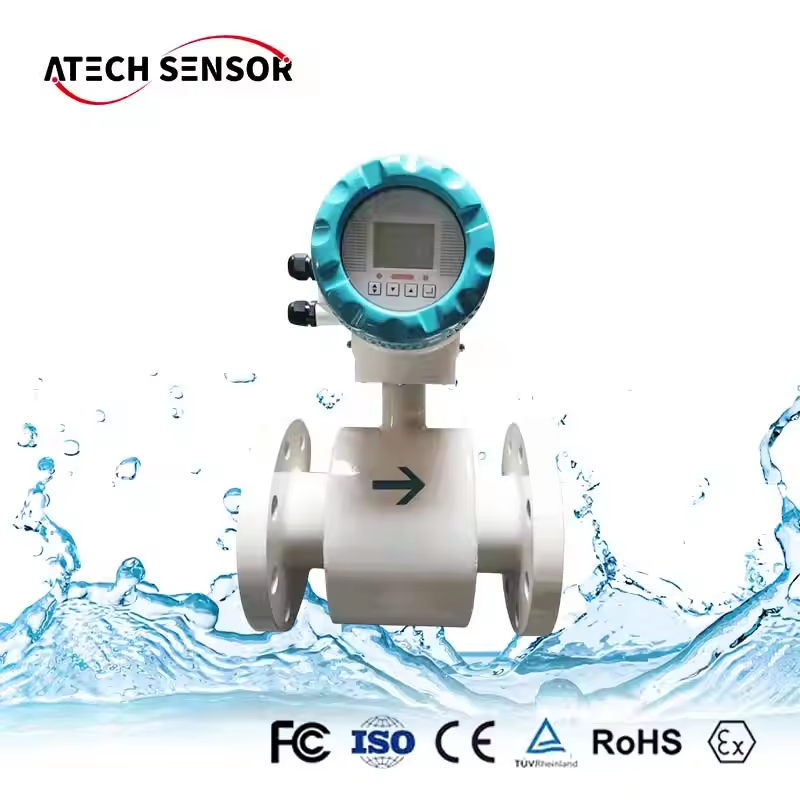
2.5Thermal gas mass flow meter
Thermal gas mass flowmeters are true mass flowmeters that require no temperature or pressure compensation for gas flow measurement, offering convenient and accurate measurement. They can measure either mass flow or standard volume flow. They offer a wide turndown ratio, measuring gas velocities as high as 100 Nm/s and as low as 0.5 Nm/s, making them suitable for gas leak detection. They offer excellent shock resistance and a long service life. The sensor has no moving parts or pressure sensing components, so vibrations are unaffected by measurement accuracy. They are easy to install and maintain. If site conditions permit, installation and maintenance can be performed without interrupting production. (Special customization required.) Digital design. Integrated digital circuitry ensures accurate measurement and easy maintenance. Using RS-485 or HART communication, they enable factory automation and integration.
2.6turbine flowmeter
The turbine flowmeter is a precision flow measuring instrument that measures the flow and total volume of impurity-free and non-corrosive liquids.
Widely used in fields such as petroleum, chemical engineering, metallurgy, and scientific research. When the measured liquid flows through the sensor, the impeller is forced to rotate by the fluid, and its speed is proportional to the average flow velocity in the pipeline. The impeller's rotation periodically changes the magnetic resistance of the magnetic circuit, and the magnetic flux in the detection coil also changes periodically, generating an induced electromotive force with the same frequency as the blade rotation. After amplification, it is converted and processed.
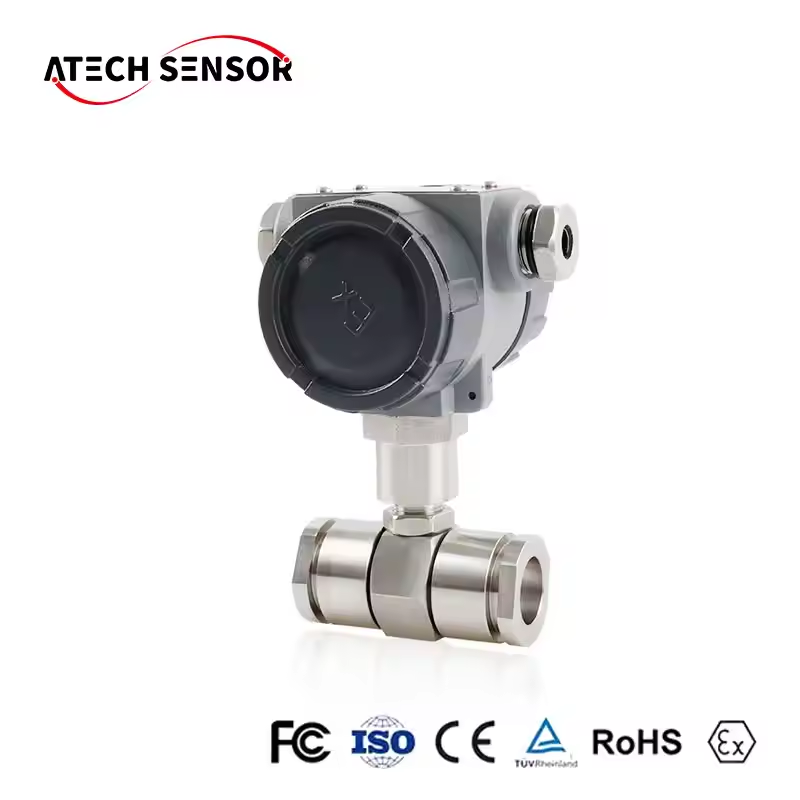
2.7Vortex flowmeter
Vortex flowmeter is an important instrument for flow measurement and automatic control. It can be used to measure the flow of gas, liquid and steam. It is widely used in industries such as petroleum, chemical, metallurgy, thermal power, textile, papermaking, electric power, environmental protection and municipal construction.
Its main functions and features are a wide measuring range, high accuracy, low pressure loss, high reliability and long-term stability; simple structure, easy installation and maintenance, no moving parts, no mechanical wear; brand-new appearance design, the main body adopts precision casting process, beautiful appearance, high temperature resistance, strong corrosion resistance; commonly used signals include pulse or analog signals, stable signals, and strong anti-interference ability.
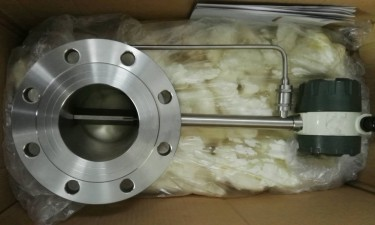
2.8Metal rotor flowmeter
The metal tube float flowmeter (metal tube rotor flowmeter) is a variable area flowmeter commonly used in industrial automation process control. It features a small size, a wide detection range, and ease of use. It can be used to measure the flow of liquids, gases, and steam, and is particularly suitable for measuring low flow rates and low flow rates. A metal tube float flowmeter consists of a measuring tube (sensor) and an indicator (electronic converter). Different tube and indicator configurations can be used to create a variety of complete units to meet site requirements. Due to its excellent performance, reliability, and cost-effectiveness, metal tube float flowmeters are widely used in industries such as petrochemicals, steel, electric power, metallurgy, light industry, food, pharmaceuticals, and water treatment.
2.9Physical (liquid) level meter
During the production and storage of chemical products, it is necessary to know the material height in the tank, so some material (level) measuring instruments are installed. The most commonly used ones are radar level gauges, magnetic flap level gauges, ultrasonic level gauges, magnetic float level gauges, and electric float level gauges.
2.10Radar level meter
The radar level antenna emits narrow microwave pulses, which are transmitted downward through the antenna. When the microwave contacts the surface of the measured medium, it is reflected back and received again by the antenna system, and the signal is automatically converted into a level signal when transmitted to the electronic circuitry. The sensor is a 26G high-frequency radar level measurement instrument with a maximum measurement distance of up to 80 metres. The antenna has been further optimised, and a new fast microprocessor enables higher rate signal analysis processing, allowing the instrument to be used for measuring various highly corrosive liquids.
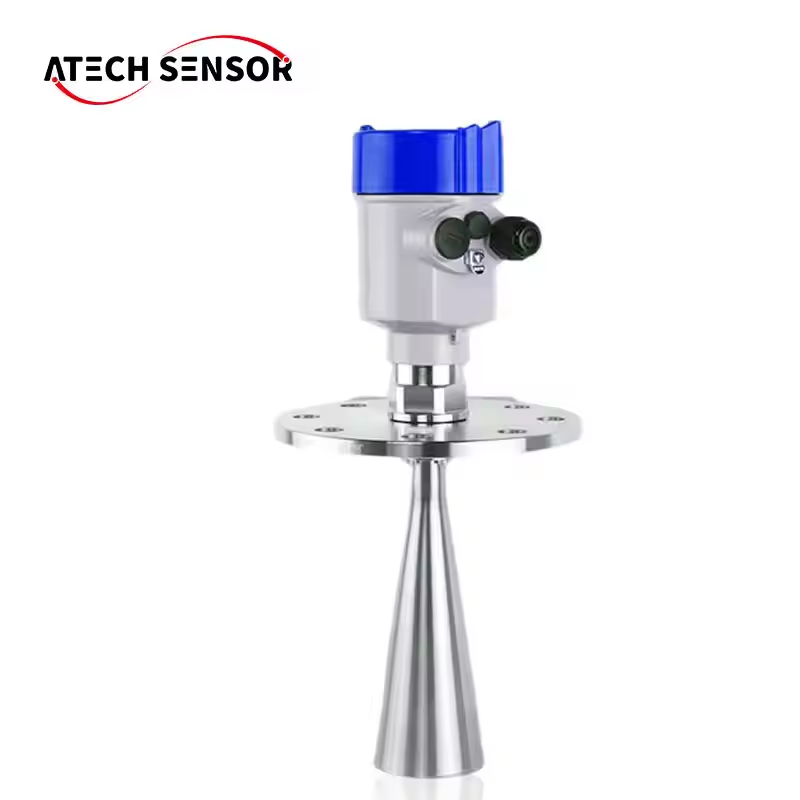
2.11Ultrasonic level meter
The level meter consists of an integrated ultrasonic probe and electronics unit. The level meter is mounted on top of the vessel. Under the control of the electronics, the probe transmits an ultrasonic pulse toward the object being measured. The sound wave is reflected by the surface, and a portion of the reflected echo is received by the probe and converted into an electrical signal. The time from ultrasonic emission to re-reception is proportional to the distance between the probe and the object being measured. The electronics unit measures this time and calculates the measured distance based on the known speed of sound. The level value is then determined by subtraction.
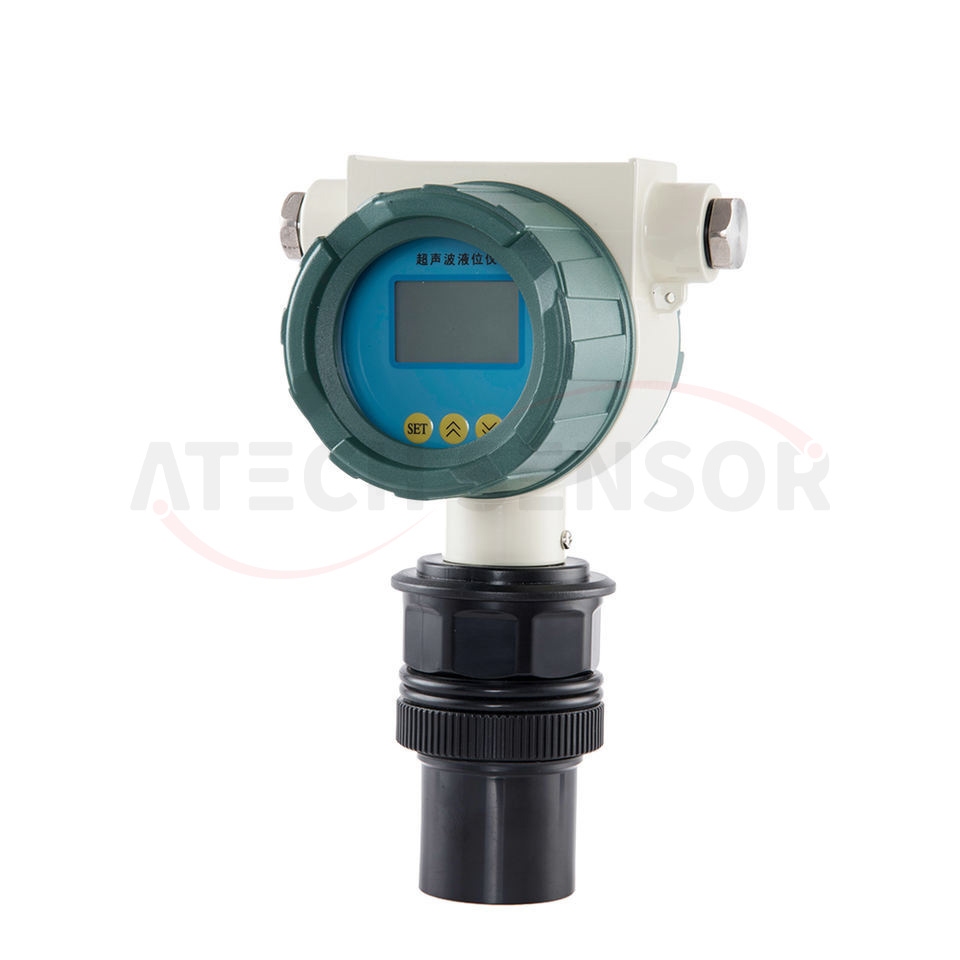
The magnetic flap plate (column) level gauge is a magnetic float driven two-colour magnetic plate (column) to indicate the liquid level, which can be used for the detection of medium level in various acid-alkali storage tanks. It compensates for the shortcomings of unclear and fragile glass plate (tube) level gauges, is not affected by drastic changes in high and low temperatures, does not require the combination of multiple sets of level gauges, and provides reliable safety. There are no blind spots in the entire measurement process, the display is eye-catching, the readings are intuitive, and the measurement range is extensive. In particular, the on-site indication part excels in high temperature, high pressure, high viscosity, toxic and harmful, and highly corrosive media as it does not come into direct contact with the liquid medium. It offers higher reliability, safety, advancement, and applicability than traditional glass plate (tube) level gauges.
2.13Magnetic float level gauge
The working principle of the float level gauge is based on the buoyancy and magnetic principles of the float. When the float moves up and down with the liquid level (interface), the magnetic force of the permanent magnet in the float acts on the reed tube in the conduit, causing the reed tube of the corresponding height to close, and a voltage signal directly proportional to the liquid level is obtained, which is converted into a standard signal by the converter. The float level (interface) transmitter is mainly used for the continuous measurement of the storage level and interface in each storage tank and container in the industrial production process. The instrument outputs a 4~20mA DC standard current signal, which is supplied to display, record, multi-point inspection, control, adjustment and other instruments or PLC, DCS, FCS systems to realise automatic recording and adjustment of liquid level and interface.It is suitable for continuous monitoring of liquid level, oil level, oil-water interface, and foam interface in metallurgy, chemical, shipbuilding, environmental protection, power station, papermaking, pharmaceutical, printing and dyeing, food, municipal and other industries.
2.14Analytical instrumentation
In the production process of chemical products, there are many physical parameters that need to be controlled, such as the pH value, conductivity value, acid concentration or alkali concentration of the medium. The later water treatment stage will also monitor the dissolved oxygen content and turbidity of the water quality.

